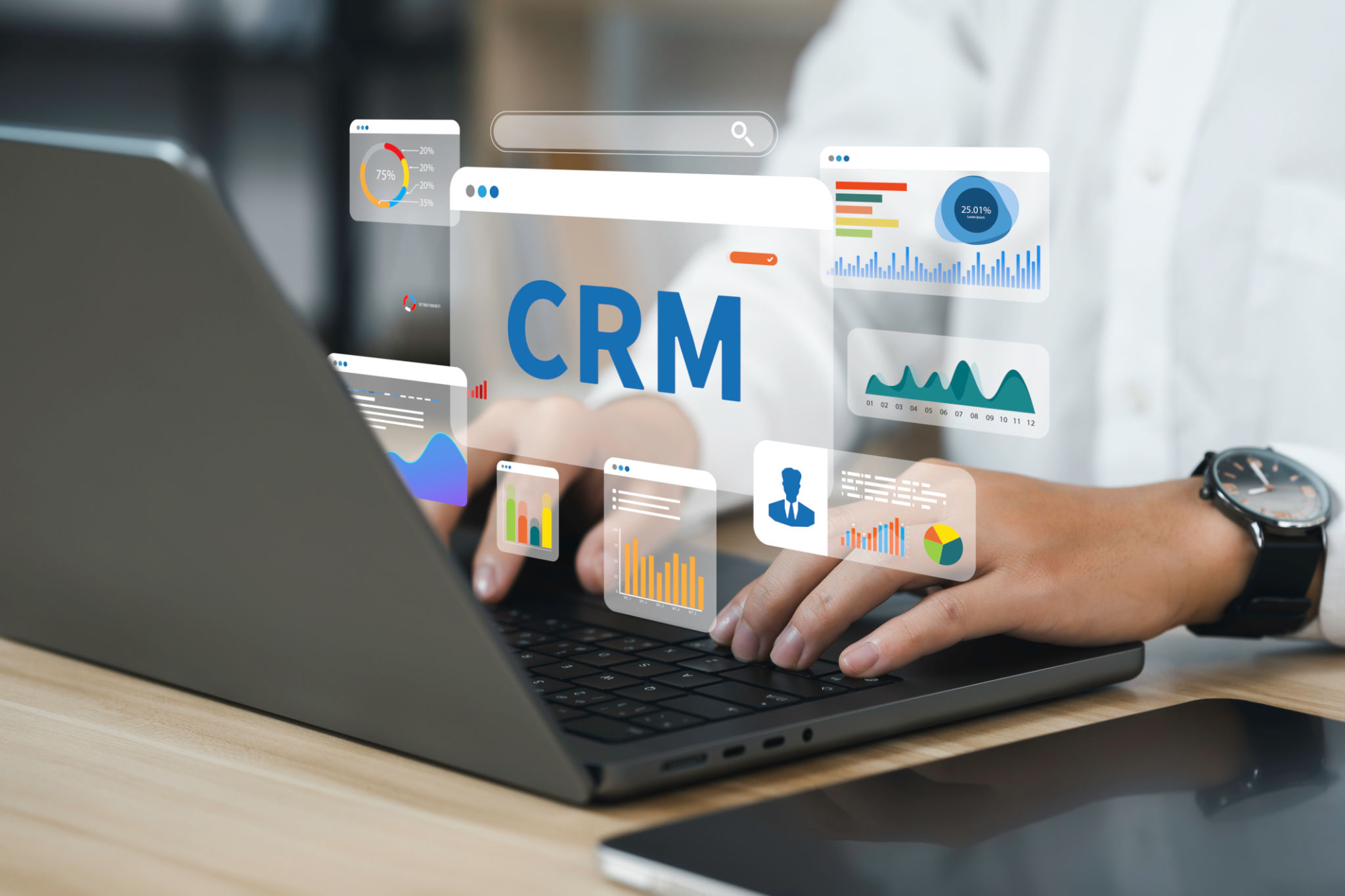Top 5 Myths About CRM Data Migration Debunked
Understanding CRM Data Migration
Customer Relationship Management (CRM) systems are essential for businesses looking to enhance their customer interactions and streamline operations. However, when it comes to migrating data from one CRM to another, many misconceptions can cloud the process. In this post, we aim to debunk the top five myths surrounding CRM data migration, helping you make informed decisions for your business.

Myth 1: Data Migration is a Simple Process
A common misconception is that data migration is straightforward and can be completed quickly. In reality, the process involves much more than just transferring data from one system to another. It requires careful planning, an understanding of data formats, and robust testing to ensure data integrity. Businesses often underestimate the complexities involved, leading to potential disruptions.
Effective data migration requires a comprehensive strategy that includes data mapping, cleansing, and validation. Engaging with experienced professionals or using specialized tools can streamline the process and minimize potential risks.
Myth 2: Data Loss is Inevitable During Migration
Another prevalent myth is that some data loss is bound to happen during migration. While data migration does pose risks, it's not an inevitable outcome. With proper planning and execution, you can achieve a seamless transition without losing critical information.

Implementing data backup solutions before starting the migration process can safeguard against potential losses. Additionally, performing thorough testing and validation ensures that all necessary data is accurately transferred and accessible in the new system.
Myth 3: All CRM Platforms Are Compatible
It's a mistake to assume that all CRM platforms are compatible with each other. Different CRMs have unique structures, formats, and functionalities that may not align perfectly with one another. This discrepancy can lead to challenges during migration if not addressed properly.
Before initiating the migration process, it's crucial to conduct a compatibility assessment between the current and target CRM systems. Understanding the technical requirements and potential limitations will aid in developing a more effective migration strategy.

Myth 4: Data Cleansing Can Be Done Later
Many businesses believe that they can clean up their data post-migration. However, migrating unclean or inaccurate data can lead to errors and inefficiencies in the new system. It's essential to perform data cleansing before migration to ensure that only high-quality information is transferred.
This process involves removing duplicates, correcting inaccuracies, and standardizing data formats. Starting with clean data not only simplifies the migration process but also enhances the functionality of the new CRM system.
Myth 5: CRM Data Migration is a One-Time Event
Finally, some organizations view data migration as a one-time task. In reality, it should be seen as an ongoing process that requires continuous evaluation and optimization. As businesses evolve and grow, their CRM needs may change, necessitating further migrations or updates.
Regularly reviewing your CRM system's performance and data integrity ensures that it continues to meet your business objectives effectively. Staying proactive allows you to adapt to changes and maintain a competitive edge in customer relationship management.

In conclusion, understanding the realities of CRM data migration is crucial for successful implementation. By debunking these myths, businesses can better prepare for the challenges ahead and ensure a smooth transition that supports their growth objectives.
